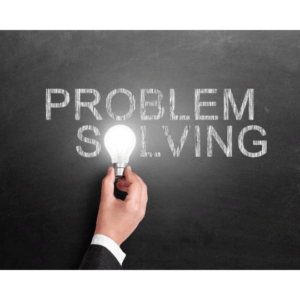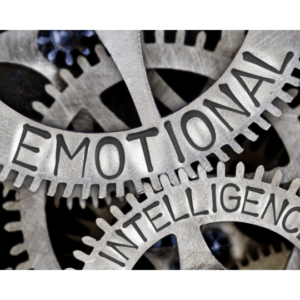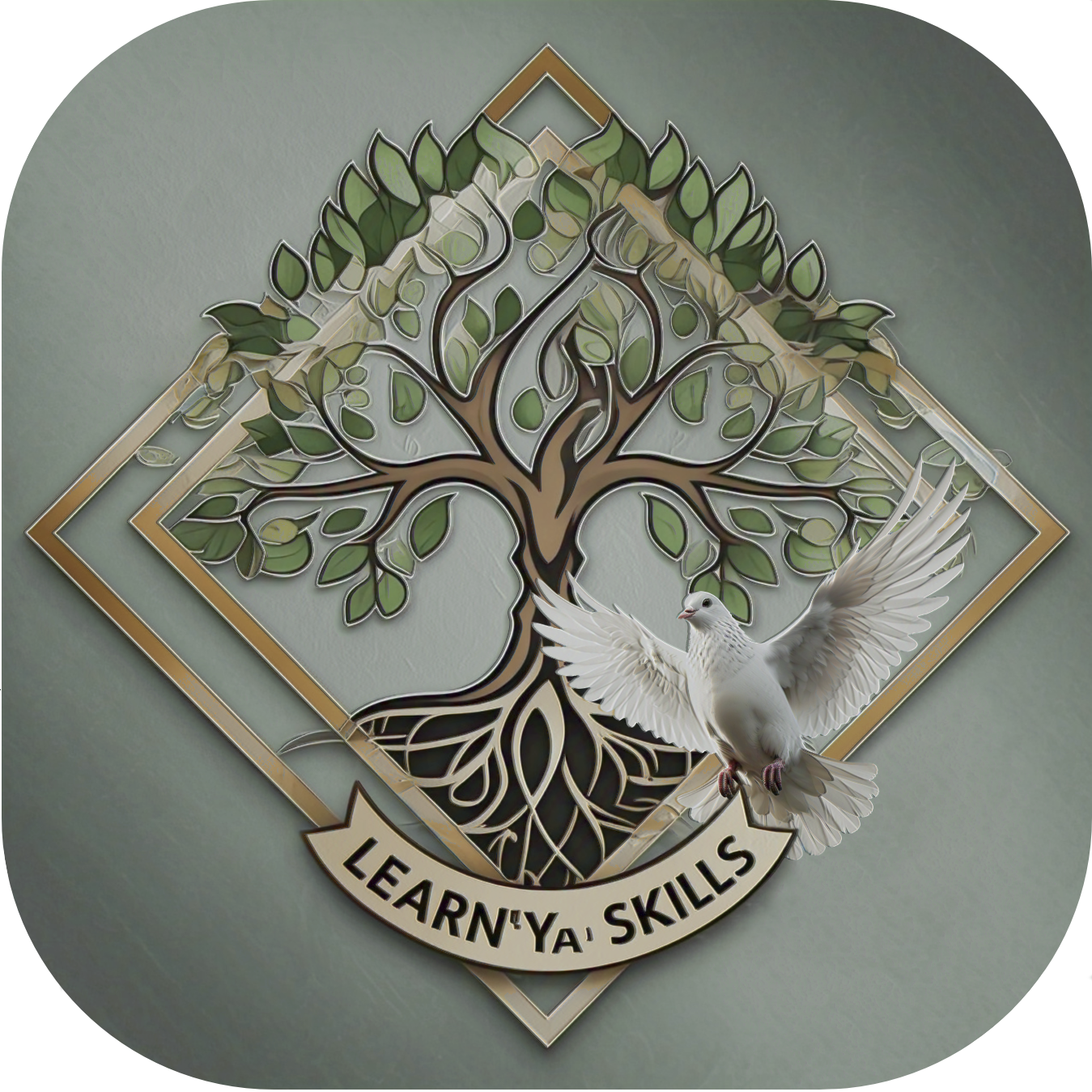Navigating Change with Adaptability and Resilience
R200
This course is designed for professionals at all levels, team members, team leaders, managers, and any individual seeking to enhance their ability to manage personal and professional transitions more effectively.
Description
Navigating Change with Adaptability and Resilience
Purpose
To equip learners with the essential knowledge, skills, and practical techniques required to effectively navigate personal and professional change, build lasting resilience, and thrive in environments of uncertainty and complexity. This course provides a clear framework and actionable strategies for transforming how individuals approach and manage change.
Rationale
In today’s rapidly evolving world, the pace, scale, and nature of change present constant challenges. Individuals and organizations face unprecedented levels of uncertainty, demanding capabilities beyond traditional expertise. This course addresses the critical and growing need for adaptability and resilience as core competencies for sustained personal well-being and professional success. It provides learners with the tools to move beyond simply coping with change to actively leveraging it for growth and opportunity. By developing these skills, participants can reduce stress, enhance performance, improve decision-making under pressure, and maintain equilibrium in dynamic environments. Mastering adaptability and resilience is no longer optional but essential for effectiveness, innovation, and fulfilment in the 21st century.
Target Audience
This course is designed for professionals at all levels, team members, team leaders, managers, and any individual seeking to enhance their ability to manage personal and professional transitions more effectively. It is particularly beneficial for those experiencing significant organizational or personal change, working in dynamic or high-pressure industries, or aiming to proactively develop crucial ‘future-proof’ skills for career advancement and personal growth. No specific prerequisite knowledge is required, only a willingness to engage, reflect, and apply the concepts learned.
Course Layout
This short course is structured into four distinct lessons, building progressively from foundational understanding to practical implementation.
Lesson 1: Definitions and Importance
- Lesson Purpose: To establish a clear, shared understanding of the core concepts of change, adaptability, and resilience, and to articulate the compelling reasons why developing these capabilities is critically important in contemporary personal and professional life.
- Key Topics Covered:
- Defining Change: Understanding its nature, types, and inevitability. Defining Resilience: Exploring the concept of “bouncing back” and “bouncing forward.” Defining Adaptability: Understanding the ability and willingness to adjust behaviour and thinking. Exploring Adaptive Resilience: The powerful synergy between adaptability and resilience. The Critical Importance of Adaptability & Resilience:
- Survival and Thriving in Dynamic Environments Navigating Constant Change and Uncertainty Workplace Relevance (Performance, Collaboration, Leadership) Personal Well-being (Stress Management, Mental Health)
- Introduction to the Adaptability Equation Framework (P+I+R/T).
- Defining Change: Understanding its nature, types, and inevitability. Defining Resilience: Exploring the concept of “bouncing back” and “bouncing forward.” Defining Adaptability: Understanding the ability and willingness to adjust behaviour and thinking. Exploring Adaptive Resilience: The powerful synergy between adaptability and resilience. The Critical Importance of Adaptability & Resilience:
Lesson 2: Key Skills Required
- Lesson Purpose: To identify and explore the fundamental skills and underlying mindsets that enable adaptability and resilience, allowing learners to recognize these competencies and understand their components.
- Key Topics Covered:
- Deep Dive into Essential Skills:
- Self-Awareness and Reflection: Understanding internal states, triggers, and patterns. Growth and Positive Mindset: Believing in development, seeing opportunities, positive self-talk. Flexibility and Action Orientation: Pivoting, adjusting, experimenting, moving forward. Resilience Components and Emotional Intelligence (EI): Self-regulation, empathy, stress management. Curiosity and Proactiveness: Asking questions, exploring, anticipating, taking initiative.
- Introduction to Foundational Practices (e.g., STOP Method, Comfort Zone exercises, Gratitude).
- Deep Dive into Essential Skills:
Lesson 3: Common Techniques
- Lesson Purpose: To equip learners with a practical toolkit of specific, actionable techniques they can consciously employ to actively build and strengthen their adaptability and resilience skills in daily life.
- Key Topics Covered:
- Technique 1: Cultivating a Growth Mindset and Embracing Curiosity (How it works, Benefits, When to apply).
- Technique 2: Managing Your Internal Landscape (Emotional Awareness, Positive Self-Talk, STOP Method) (How it works, Benefits, When to apply).
- Technique 3: Leveraging Your Network (Collaboration, Communication, Seeking Support) (How it works, Benefits, When to apply).
- Technique 4: Anchoring with Purpose and Goals (Connecting to values, Setting adaptable goals) (How it works, Benefits, When to apply).
- Applying Techniques: Identifying opportunities to use these strategies.
- Reflective Exercises: Connecting techniques to personal experience.
Lesson 4: Step-by-Step Guide to Implementation
- Lesson Purpose: To provide learners with a structured, actionable framework and practical guidance for integrating adaptability and resilience practices into their routines, fostering sustainable development of these capabilities.
- Key Topics Covered:
- A 7-Step Implementation Framework:
- Step 1: Cultivate Deep Self-Awareness (Ongoing check-ins, threat response).Step 2: Embrace Growth Mindset & Foster Curiosity (Reframing, asking questions).Step 3: Develop Adaptability Equation Components (P+I+R/T focus).Step 4: Build & Utilize Resilience Toolkit (Stress management, coping, goals, support).Step 5: Commit to Continuous Learning & Experimentation (Daily learning, learning from mistakes).Step 6: Enhance Collaboration & Connection (Networking, psychological safety).Step 7: Define Resilience for Yourself & Trust the Process (Permission to feel, self-definition).
- Developing a Personal Action Plan: Applying the framework to individual circumstances.
- A 7-Step Implementation Framework:






